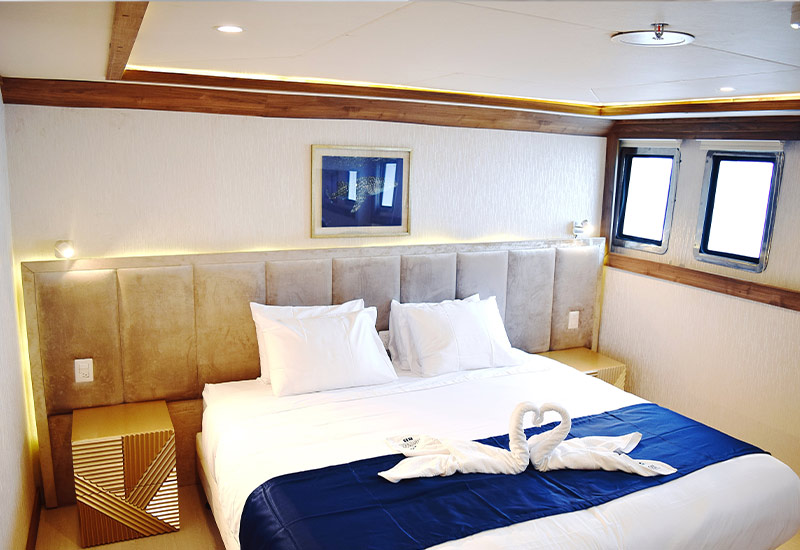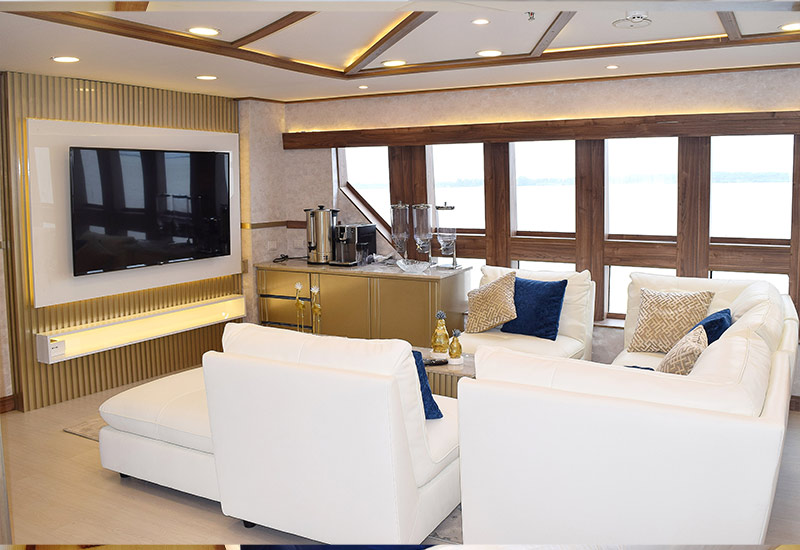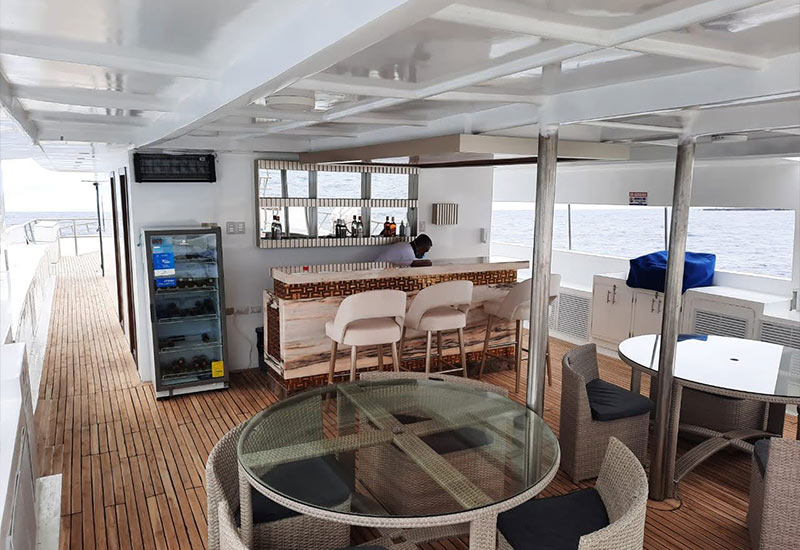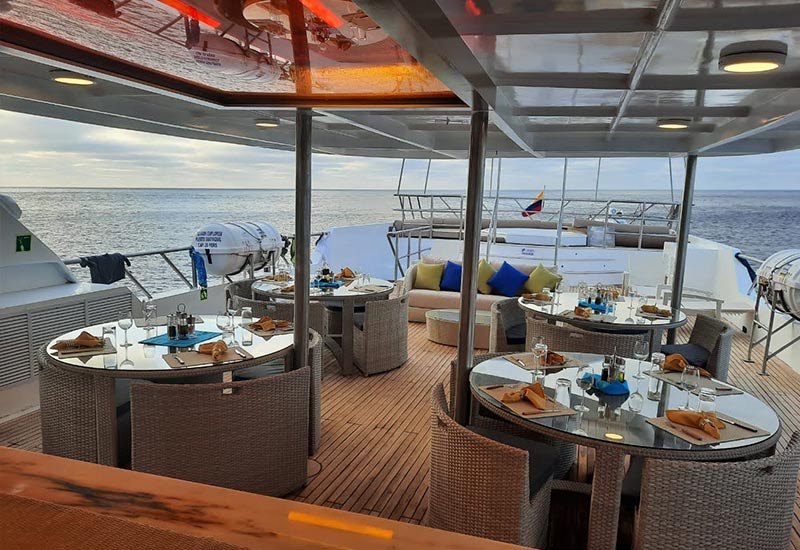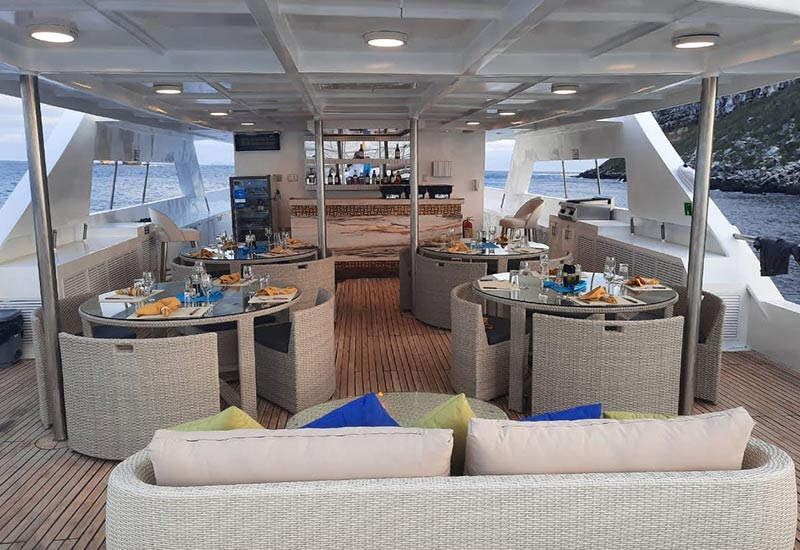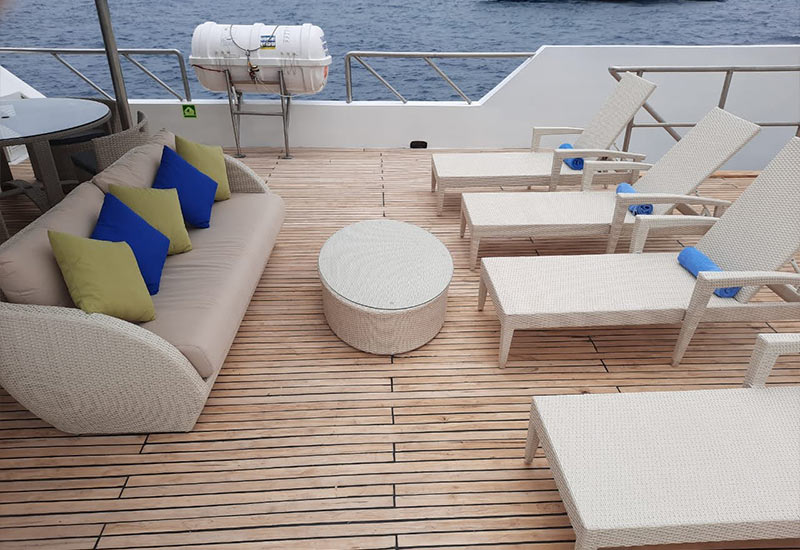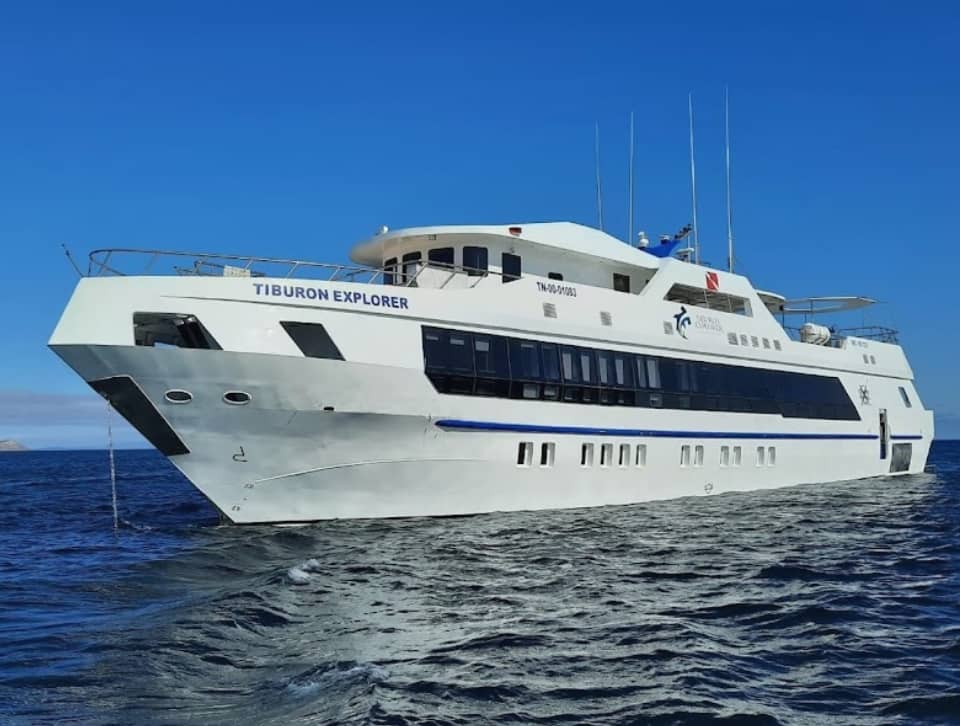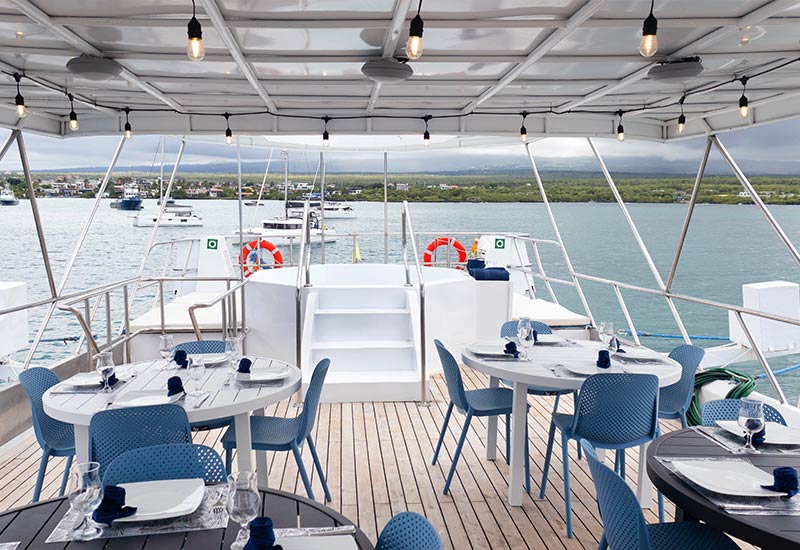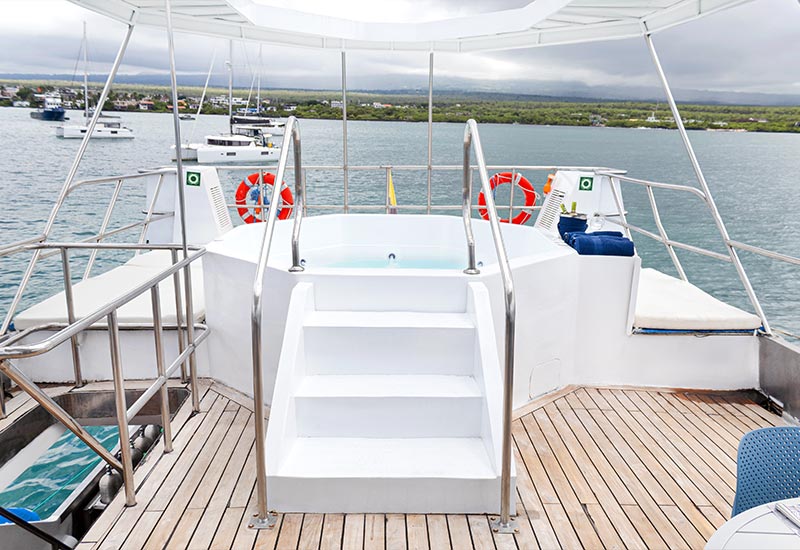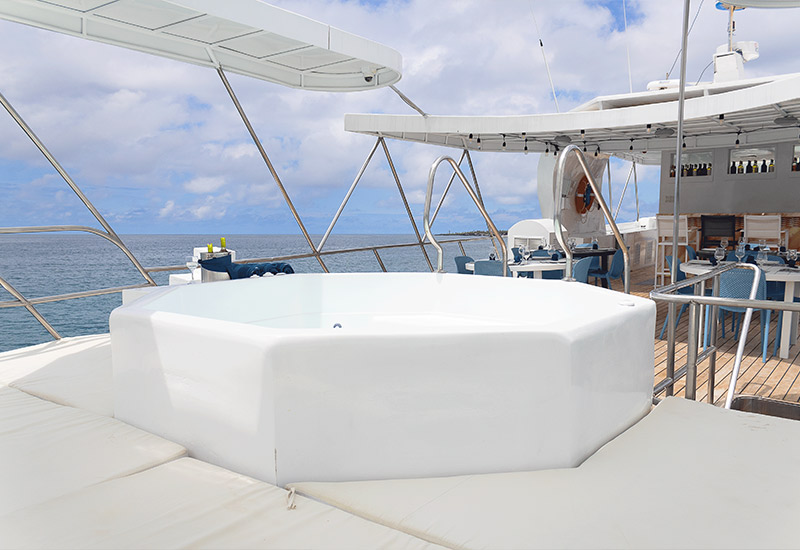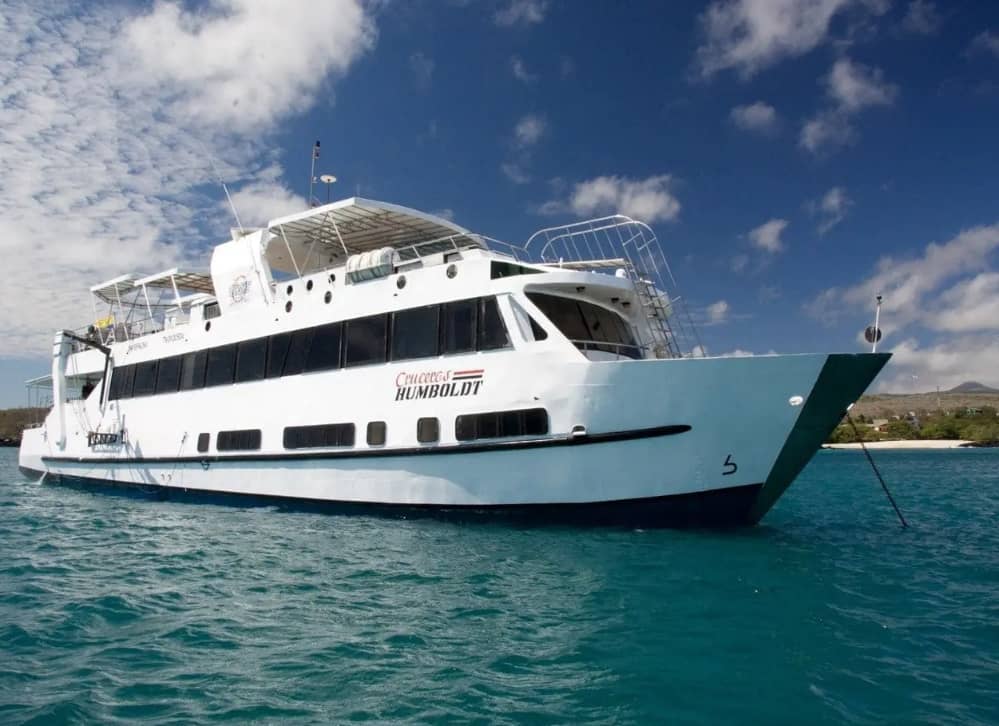The President, Rafael Correa, and the Mayor of the Metropolitan District of Quito, Augusto Barrera, inaugurated the new international airport Mariscal Antonio Jose de Sucre in Quito on 19 February.
Both the technical conditions of the new Quito airport, instrument procedures as approach and departure to apply from February 20, ensure the safety of operations at the new terminal that will meet the demand of more than 5 million passengers, in its first year of operation.
The new terminal has 300 meters guardbands on each side and 800 on the north and south end of the runway. Stripes wider than the current airport.
Procedures achieve a better situation than they had in the old airport, as the track of the new terminal of Quito is 4100 meters long, 980 meters longer than the track of the old terminal, ensuring greater security of flights and connections direct between Quito and other cities in Europe, nonstop.
In addition, the new airport is located 400 meters below the current terminal, which enables aircraft may take off from the new airport with the highest passenger capacity and cargo without scales, said Freddy Eguez, manager of the Metropolitan Public Airport Services (EPMSA).
In the old air terminal the planes made a stop at Guayaquil and other cities on the continent to advance to more distant destinations. For example Guayaquil-Quito-Guayaquil-Quito Amsterdam or Madrid.
For the President, Rafael Correa, the inauguration of the new airport in Quito is a sample of the dynamics that are involved in the city and said he knows of no other city in America that is doing so many mega works in such a short time.
1. GENERAL INFORMATION:
Name: International Airport Mariscal Antonio Jose de Sucre
Location: Parroquia de Tababela, East of Quito
Distance: 37 km from the urban area (North Sector, ciclista roundel)
Estimated Time: 1 hour (North Sector, ciclista roundel)
2. INFRASTRUCTURE:
Length: 1,600 hectares
Runway: 4,100 to 2,400 feet long above the sea, 400 meters lower than the current airport, with capacity for a second runway
Category: B (as Ezeiza airport in Buenos Aires, Sao Paulo Guarulhos in or JFK in New York)
Terminal Area: National and International with 38,000 m2
Passenger handling capacity: Up to 6 million passengers a year.
Certifications: quality, environmental and safety standards
Time of entry and exit of passengers:
National average arrival: 13 minutes maximum time: 25 minutes
International arrival average: 35 minutes maximum time: 65 minutes
Number of Immigration Counters with new and more efficient systems:
Outbound passengers: 14,
Arrival passengers: 20
Safety filters: 7,
Custom Filters: 4
Baggage system with 4-band fully automatic long (two times larger than the current)
3. ADDITIONAL SERVICES:
Over 900 m2 of Duty Free
More than 20 businesses: shops, restaurants, bookstores, souvenirs
A mid-year will open a shopping center next to the terminal
4. ADVANTAGES Quito’s new airport has the technical and security infrastructure for higher capacity aircraft and allow aircraft to take off with the full capacity of passengers, cargo and fuel, in order to reach more distant destinations without scales
Expected new frequencies and direct flights to U.S. and Europe
With the new Quito Airport, the city will be more competitive for the quality and safety of airport services and tourism.
We went from having an airport in the middle of unsafe city, a safe and modern airport outside the urban area
Is the largest civil aircraft of Ecuador, one of the most modern in the continent
5. ACCESS
Access 1 (central and northern Quito)
For Oceanic Avenue to connect to the E35 and then the connector Alpachaca
Access 2 (south of town)
By Simon Bolivar to the waterway E 35
Access 3 (South City)
For the E 35 (Pintag) to Pifo and then the connector Alpachaca
From the north:
On the north via the Panamericana and connector Quinche Alpachaca
From the East of the country:
For the Interoceanic up Alpachaca Pifo and connector
On the E35 (Píntag) to Pifo and connector Alpachaca
From the South:
For the Pan South to Simon Bolivar Avenue, toward Interoceanic or via a Sangolquí, diversion to Píntag to Alpachaca connector.

